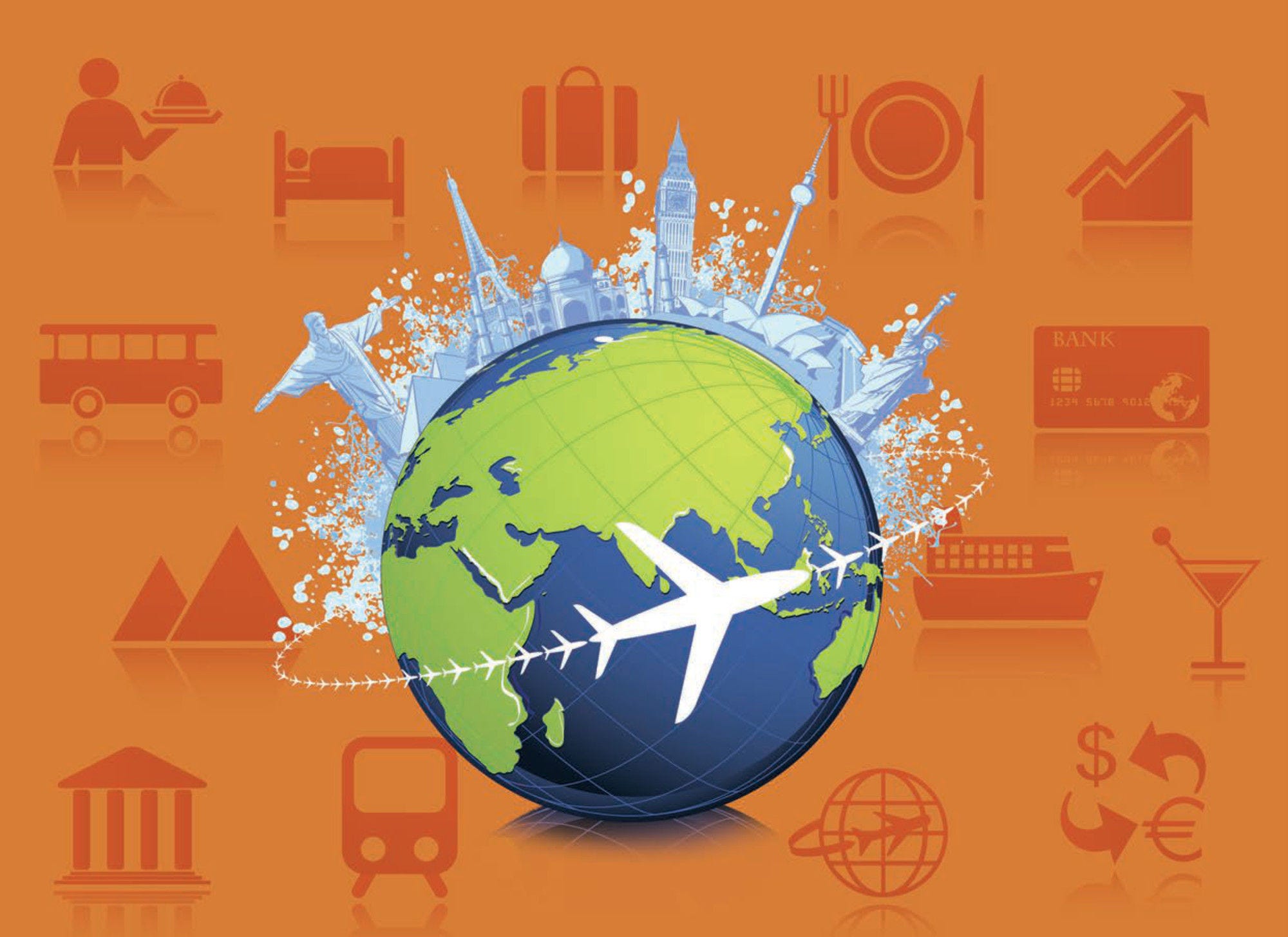The Government of Indonesia aims for tourism development to provide a range of economic, social and environmental benefits, specifically to reduce unemployment, eradicate poverty, protect the environment and improve the image of Indonesia.
Every year, the Ministry of Tourism runs a major National Co-ordination Conference involving a wide range of tourism stakeholders including academics, businesses, communities, government and media. While the conference theme changes annually, the Conference is underpinned by the policies and strategies set out in three Tourism Development Master Plans, which are agreed separately at national, provincial and municipal levels. The National Master Plan was agreed in 2010 and runs until 2025 and each year a strategic action plan is published that sets out the related activity to achieve the aims of the National Master Plan.
The vision of the National Master Plan is to ensure that Indonesia becomes a competitive and sustainable tourism destination, which stimulates widespread regional development and improves the welfare of all Indonesians.
The National Master Plan has four main aims:
Develop safe, comfortable, attractive, accessible, environmentally-friendly destinations, that will grow the economy at national, regional and community levels,
Co-ordinate high quality and trustworthy marketing to encourage visits from both domestic and overseas markets,
Create a competitive and professional tourism business sector and stimulate partnerships that can play their part in addressing the environmental and social impacts of tourism,
Encourage progress towards sustainable tourism development through the active involvement of public agencies, regional government, the private sector and communities, ensuring that both the regulatory environment and policy measures are effective and efficient.
These strategic aims were translated into a range of priorities, all of which are underway:
Accelerate infrastructure development,
Develop attractions to encourage cross-border tourism by neighbours,
Improve the quality of facilities in destinations by ensuring the availability of tourist amenities such as ATMs, foreign exchange businesses and payment systems,
Optimise promotional channels using digital techniques,
Encourage investment and finance for destination development,
Establish standard procedures relating to the handling of tourism related crises and establish a Regional Tourism Crisis Management forum.
Despite the aims and policies in place, a range of challenges remains. These relate to governance, destination development, marketing and the co-ordination of the tourism sector. Regarding governance: there is currently a lack of suitable higher education institutions to provide a well-trained workforce for the tourism sector; some regional and local organisations are in need of improvement; and, there is evidence of fragmented or unco-ordinated activity in some regions as well as the sector more broadly. Destination development is challenging because of the physical nature of the country, the effects of climate change, natural weather-related phenomena, difficulties with connectivity and basic infrastructure, and the need for greater investment. Marketing issues include a poor image of Indonesia in some international markets and the need for more effective co-ordination of promotional activity using marketing partnerships. The industry itself is relatively young and so the quality and competitiveness of tourism products can be variable, connection between business sectors needs to be strengthened and, in general, individual businesses need to take more responsibility for their environmental impact.
The National Master Plan sets out a number of programmes to deal with these challenges:
The development of a network of new higher education colleges relating specifically to tourism and related industries, with curricula that draw on global standards and are international in outlook. The aim is for these colleges to become centres of excellence in different specialist areas.
Destination development will be supported by drawing on the power of digital technologies to differentiate new and existing locations with creative products and packaging suitable for modern travellers. For example, the ‘10 new Bali’s’ initiative is intended to develop and realise 10 priority destinations across the country. The development of priority destinations is carried out through the design process of an Integration Tourism Master Plan (ITMP), investment, construction and capacity building through promotion and marketing, and structuring of destinations (accessibility, amenities, attractions).
Significant investment in branding and marketing is also planned using a range of innovative techniques such as using demand pricing to manage tourism flows and combining machine learning and big data techniques to identify key target markets and ensure the precise targeting of promotional messages. A focus on neighbouring markets will unlock new growth particularly through the development of Low-Cost Terminals - regional hub airports that connect to a number of new short-haul routes to increase traffic.
The National Master Plan sets yearly targets based on a series of performance indicators at macro and micro levels. The targets relating to tourism receipts, domestic arrivals and the competitiveness index have all been consistently met or exceeded since 2015. Targets for other indicators - employment, and international arrivals - show a mixed picture, though they have grown in general. Percentage contribution to GDP has met some annual targets but overall has decreased over the period since 2015.
The ministry has a four-pillar programme to encourage sustainable tourism development and to create a competitive industry that drives economic development, creates social progress and protects the resources on which tourism depends. The four pillars are: i) tourism destination development by prioritisation of a number of tourism destinations; ii) tourism marketing to strengthen customer-orientated marketing; iii) increasing the number and competitiveness of tourism enterprises; and, iv) improving national tourism institutions and related requirements such as the higher education system.

